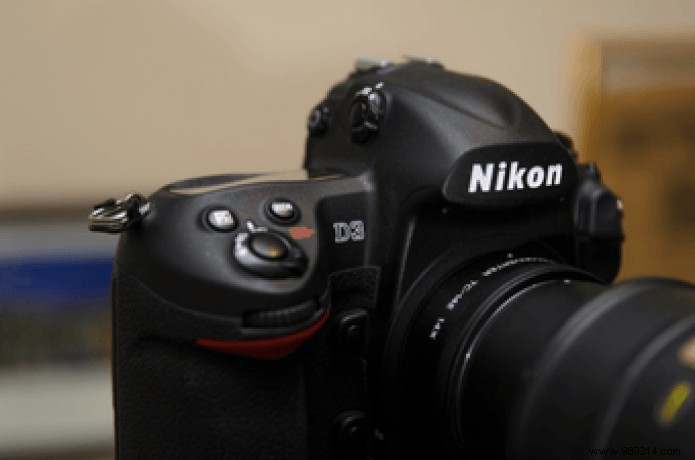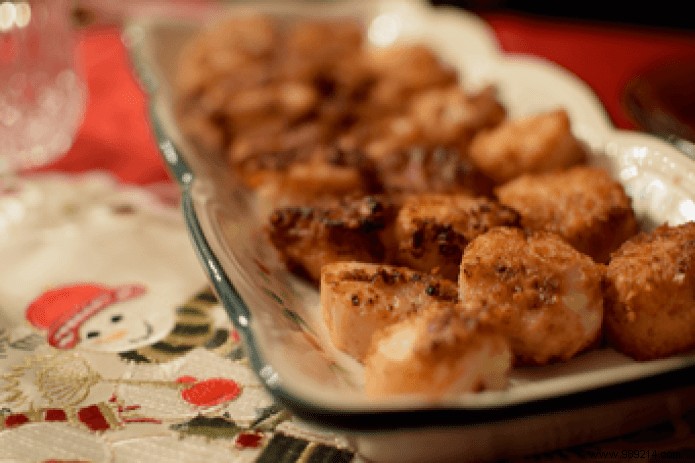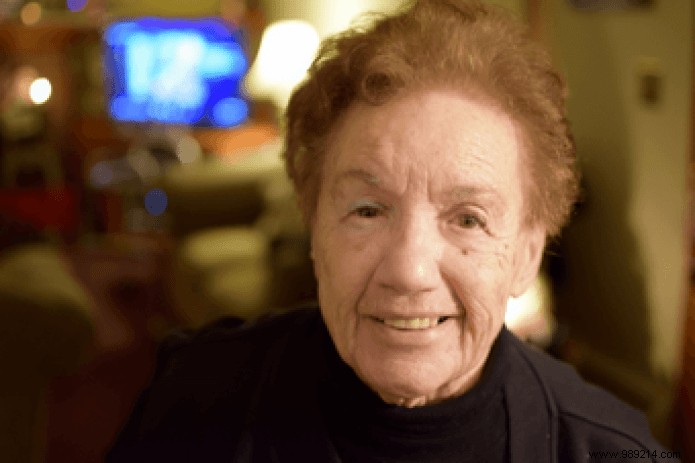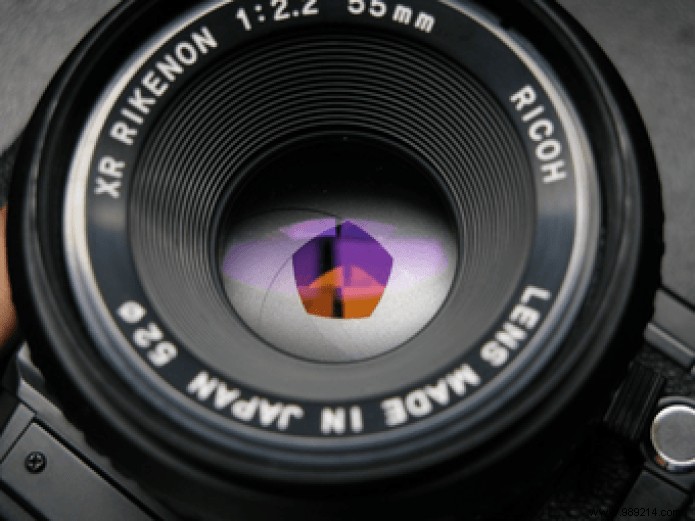If you're new to the world of photography, you might have noticed from time to time that someone uploads absolutely stunning photos to Facebook. The subject is perfectly sharp while everything behind has a beautiful dreamlike blur that seems to enhance the photo. This is purposely partly due to technology and partly due to the photographer's desire to get your attention. The effect is called bokeh.

A lot of people think you need a DSLR to produce that bokeh effect and that's partly true. DSLRs do this better simply because of their nature, but it has more to do with the lens. As smartphone lenses improve, it won't be long before manufacturers incorporate this feature as well. In fact, the iPhone 7 Plus portrait mode has a bokeh feature, but the software trickery is far from the quality a DSLR lens can produce.
Until smartphones iterate more, DSLRs are your best bet. But your job is not done there. Getting the perfect bokeh takes some learning and practice.
Here's how to get a bokeh effect with your DSLR.
A wide aperture lens is the key to good bokeh. A lens aperture is the hole that light passes through to help create the image. The wider the aperture, the more light the camera can let in. This is essential for producing bokeh. You want a wide aperture letting in lots of light to create a shallow depth of field. This brings the subject up close and blurs whatever is behind it at an intensity based on the subject's distance.

Since DSLRs often come with lenses that have smaller apertures, you're probably better off buying an extra lens. A great lens to attach to your DSLR is a 50mm f/1.8 lens. You can also get a 35mm f/1.8 if you prefer a wider shot. Luckily, these lenses are some of the cheapest additions to your camera kit you can buy. You can find them for around $100 to $200 depending on the DSLR you own. Canon's "Plastic Fantastic" lens or Nikon's AF FX Nikkor lens are excellent choices.
If you want a little more bokeh, you can get a generally more expensive f/1.4 lens, but the difference in quality probably isn't worth the huge price difference.

Whichever you choose, then be sure to manually adjust the aperture of your DSLR to the lowest f-stop. Auto mode may not always produce the bokeh you are looking for. You can do this by switching your camera to aperture priority mode.
The subject must also be properly aligned in order to produce bokeh. The ideal alignment is the subject close to the frame with everything else in the distance in the background. This produces a nice sharp contrast between the foreground and the background.
The subject shouldn't have much at the same focal length, as everything else will likely be in focus as well. The only exception is if you want a gradual fade. In this case, other people and objects should be at varying distances from each other in the frame.

If you're trying to take macro images, you might want a camera with a longer fixed focal length. The 35mm and 50mm I recommended earlier probably won't be extremely close. Going for something like 70mm or 100mm should do the trick.
Bokeh also doesn't work for wide landscape shots. If you don't have a subject near your lens, the camera will simply take a normal shot with no focal blur at any aperture.

With the right DSLR lens, wide aperture setting, and a good subject to focus on, you're already well on your way to becoming a pro at using bokeh to enhance your images. Try to stay in decent lighting and remember to keep a distance between the subject and its surroundings. Be sure to play around with aperture settings (and lenses if that fits your budget) to see what works best for you.
READ ALSO: Is Buying a Factory Refurbished DSLR Camera Worth Saving?